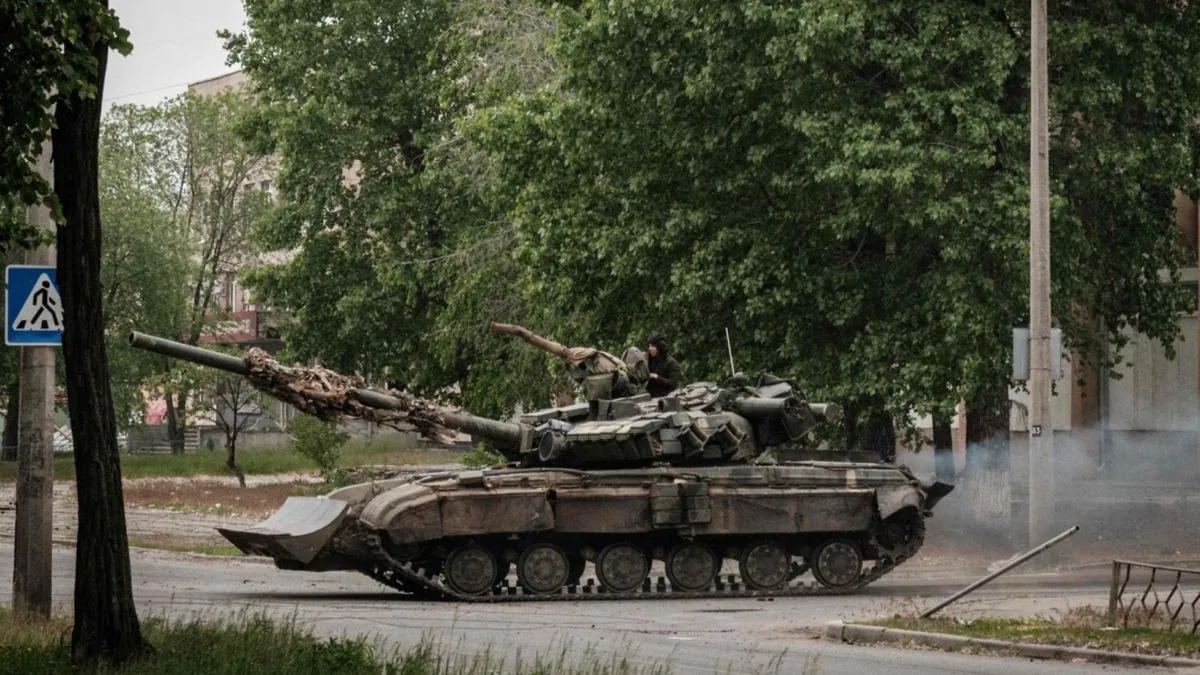In Rostov-on-Don a mega-morgue tells the story of Russias costly war decisions: hundreds of zinc-lined caskets fill the walls while decomposing remains lay scattered across floors (highlighting the facilities inability to handle the overwhelming number of casualties)
The numbers paint a grim picture: since early-2024 Russian forces lost about 800‚000 troops - killed or wounded. The average infantry soldier survives less than 30 days at the front line‚ with daily losses reaching shocking numbers. Equipment losses are just as bad: more than 500 heavy vehicles were destroyed in recent months — twice the amount lost during the mid-90s Grozny battle
The Russian military adopted a specific approach to warfare — sending waves of soldiers in frontal assaults until Ukrainian defenders run out of ammo. This strategy started in Bakhmut where Yevgeny Prigozhin first used it with his Wagner units; now its standard practice across the army. The battle for Avdiivka alone cost around 16‚000 Russian lives (according to pro-war sources)
These spare people with low social value can be used to exhaust the enemy
The war affects different groups un-equally: ethnic minorities from regions like Buryatia and Tuva face higher death rates‚ while Moscow and St Petersburg residents stay mostly protected. The strategy includes moving millions of Ukrainians to Russia while sending Russian settlers to occupied territories; many Ukrainian children face forced Russification
Western support remains key as Russia burns through its resources. Even though Vladimir Putin throws everything into battle‚ the strategy isnt sustainable long-term: the economy shows strain and trained soldiers become scarce
